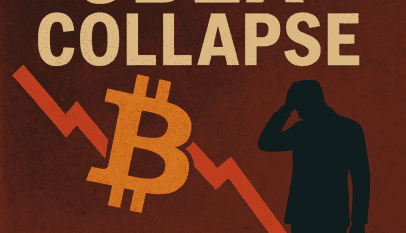The relationship between the United States and China, the world’s two largest economies, has entered a new phase of tension as both countries engage in an increasingly heated economic stand-off. This conflict, marked by a series of tariffs, trade restrictions, and technology bans, has far-reaching implications for global markets, supply chains, and international diplomacy.
Background of the US-China Economic Stand-Off
The economic rivalry between the US and China is not new, but it has escalated in recent years due to various factors. The US has expressed concerns over China’s trade practices, including intellectual property theft, forced technology transfers, and state subsidies to Chinese companies. These issues have led to a series of trade wars, with the US imposing tariffs on Chinese goods and China retaliating in kind.
The Biden administration, while maintaining a tough stance on China, has also emphasized the need for international cooperation to address China’s rise. However, the relationship has grown more strained, particularly in the areas of technology and security. The US has imposed restrictions on Chinese tech companies, citing national security concerns, while China has pushed back, accusing the US of trying to stifle its growth.
Recent Developments
In 2024, the economic tensions between the US and China have intensified, particularly in the technology sector. The US recently announced further restrictions on the export of advanced semiconductors and AI technology to China, aiming to curb China’s advancements in these critical areas. These restrictions are part of a broader strategy to maintain US technological superiority and prevent China from gaining a strategic edge in emerging technologies.
China, in response, has accelerated its efforts to become self-reliant in key technologies. The Chinese government has increased investments in domestic semiconductor production and AI research, aiming to reduce its dependency on US technology. Additionally, China has introduced measures to protect its companies from US sanctions, including the establishment of a new fund to support affected industries.
The stand-off has also impacted other sectors, including finance and trade. The US has placed sanctions on Chinese financial institutions accused of supporting human rights abuses, while China has restricted imports of certain US goods, particularly in the agricultural sector. These actions have further strained the economic relationship between the two countries.
Global Implications
The economic stand-off between the US and China is not just a bilateral issue; it has significant global implications. Many countries, particularly those in Europe and Asia, are caught in the middle of this conflict. They rely on both the US and China for trade and investment and are concerned about the impact of this stand-off on global supply chains.
The technology sector, in particular, is facing disruptions. The restrictions on semiconductor exports have created shortages in the global market, affecting industries ranging from consumer electronics to automotive manufacturing. Companies worldwide are being forced to reconsider their supply chains, seeking alternatives to Chinese suppliers or investing in domestic production to reduce reliance on foreign technology.
Moreover, the economic stand-off is fueling geopolitical tensions. The US has strengthened its alliances in the Indo-Pacific region, working with countries like Japan, Australia, and India to counter China’s influence. In response, China has deepened its ties with countries in Africa, Latin America, and the Middle East, seeking to expand its global footprint.
Economic and Political Risks
The ongoing economic stand-off between the US and China poses several risks, both economically and politically. For the global economy, the conflict could lead to prolonged supply chain disruptions, higher costs for consumers, and slower economic growth. The uncertainty created by this stand-off is likely to deter investment, particularly in industries heavily dependent on global trade and technology.
Politically, the stand-off could lead to a further deterioration in US-China relations, making it more challenging to address other global issues, such as climate change, nuclear proliferation, and public health. The lack of cooperation between the two superpowers could hinder international efforts to tackle these pressing challenges, with consequences for the entire world.
Looking Ahead
As the US and China continue their economic stand-off, the world is watching closely. Both countries have significant stakes in maintaining their global influence and economic power, but the path forward is fraught with challenges. Finding a way to manage this rivalry without escalating it into a full-blown economic or military conflict will require careful diplomacy, strategic thinking, and a willingness to compromise.
In the meantime, businesses, governments, and individuals around the world must navigate the uncertainties created by this stand-off. The global economy is becoming increasingly interconnected, and the actions of the US and China will have ripple effects across industries and borders. As the situation evolves, the need for a balanced approach that addresses legitimate concerns while avoiding unnecessary conflict will be more critical than ever.

































